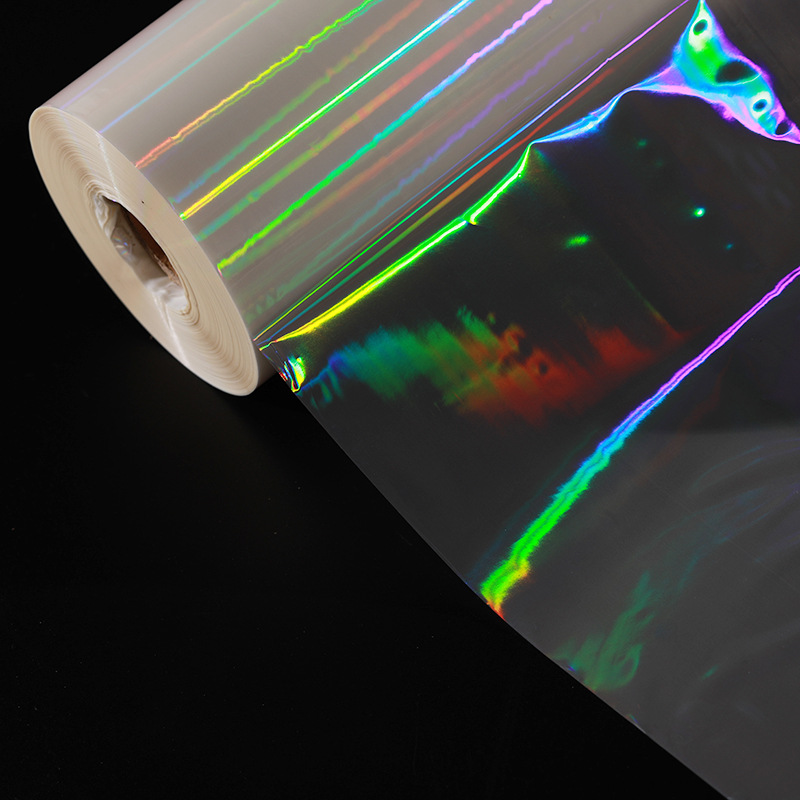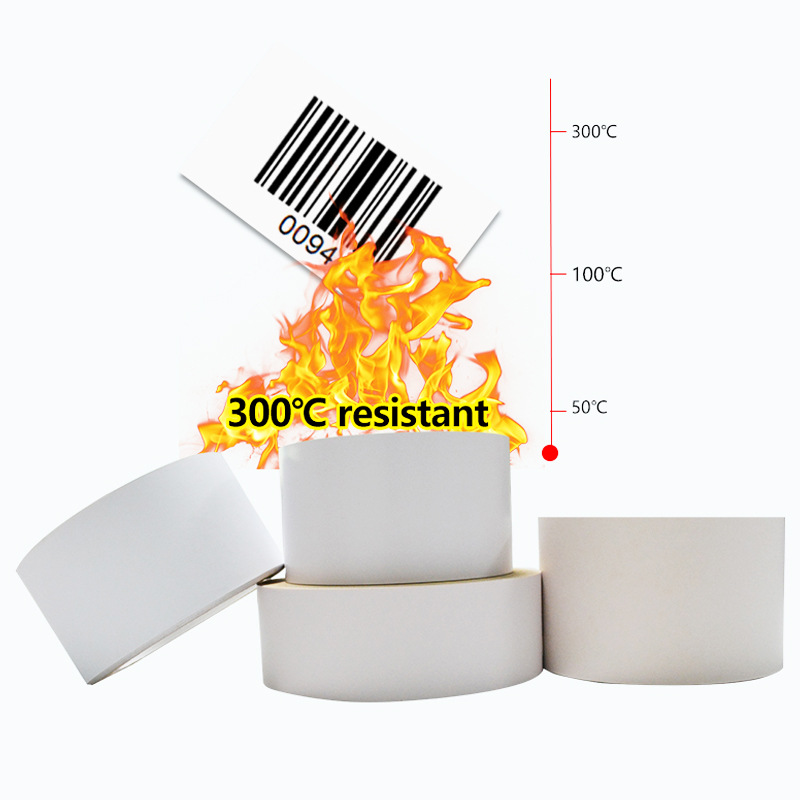Adhering to High-Temperature Resistance Labels in the Sticker Label Industry
The sticker label industry is a dynamic and essential component of the broader packaging and labeling sector. Sticker labels serve numerous functions, from branding and product information to identification and safety warnings. In this article, we emphasize the critical importance of adhering to high-temperature resistance labels, as indicated by the manufacturer's specifications. These labels are indispensable in various industries where exposure to elevated temperatures is a common occurrence.
Understanding High-Temperature Resistance Labels
High-temperature resistance labels are designed to withstand extreme heat and still maintain their functionality. These labels find applications in industries such as automotive, aerospace, electronics, and more. It's crucial to comprehend the manufacturer's guidelines for these labels, which usually specify the maximum temperature limits they can endure.
Why High-Temperature Resistance Labels Matter
1. **Safety:** In industries like manufacturing and automotive, high temperatures are commonplace. Without labels that can withstand these conditions, there's a risk of vital information becoming illegible or misleading, potentially compromising safety. 2. **Regulatory Compliance:** Many sectors are subject to strict regulations, and labels often play a role in ensuring compliance. High-temperature resistance labels are necessary to meet these requirements, even in high-heat environments. 3. **Product Durability:** In electronics, for example, products can generate substantial heat during operation. Labels that can endure these conditions without degradation are crucial for maintaining product durability and functionality.
Adhering to Manufacturer Specifications
Manufacturers of high-temperature resistance labels provide precise specifications regarding the upper temperature limits that their labels can endure. It's imperative to follow these specifications closely to ensure that the labels perform optimally. Failure to do so can lead to safety hazards, compliance issues, and reduced product lifespan.
Applications and Industries
The use of high-temperature resistance labels is widespread across various industries:
1. **Automotive:** These labels are used for under-the-hood applications, withstanding the heat generated by engines and exhaust systems. 2. **Aerospace:** Labels on aircraft components must endure extreme temperatures during takeoff, landing, and flight. 3. **Electronics:** In this sector, labels are often exposed to heat from electronic components and devices. 4. **Manufacturing:** Labels on machinery and equipment must withstand the heat generated during operations.
Challenges in High-Temperature Environments
High-temperature environments pose specific challenges for label performance:
1. **Adhesive Strength:** Labels must maintain their adhesive strength even at high temperatures. A failure in adhesion could lead to labels falling off, causing confusion or safety risks. 2. **Print Legibility:** Information on labels should remain legible, even when exposed to extreme heat. Fading or smudging of printed text can lead to errors and safety concerns. 3. **Chemical Resistance:** Labels should also resist any chemical exposure, which is common in many high-temperature environments.
Testing and Quality Control
Quality control and testing are paramount when dealing with high-temperature resistance labels. Manufacturers subject their labels to rigorous tests, including exposure to extreme heat, chemicals, and physical stress. End-users should also conduct periodic checks to ensure the labels continue to perform as expected.
Conclusion
High-temperature resistance labels are a critical component in industries where exposure to extreme heat is routine. Adhering to the manufacturer's specifications for these labels is non-negotiable, as it ensures safety, regulatory compliance, and product durability. In applications ranging from automotive and aerospace to electronics and manufacturing, the use of these labels is indispensable. By understanding their importance and maintaining strict adherence to their specifications, businesses can operate more safely and effectively in high-temperature environments.
We offer comprehensive technical support, including free professional labeling solutions, advice on label materials and adhesive selection, as well as online/offline assistance from professional software and hardware engineers. Service email: andy@ownlikes.cn. In pre-sales, we leverage our extensive experience in specialty labeling projects to provide clients with the most suitable hardware solutions. Additionally, all our label barcode printers and scanners come with a three-year free warranty, demonstrating our confidence in our products.






This site is protected by reCAPTCHA and the Google Privacy Policy and Terms of Service apply.